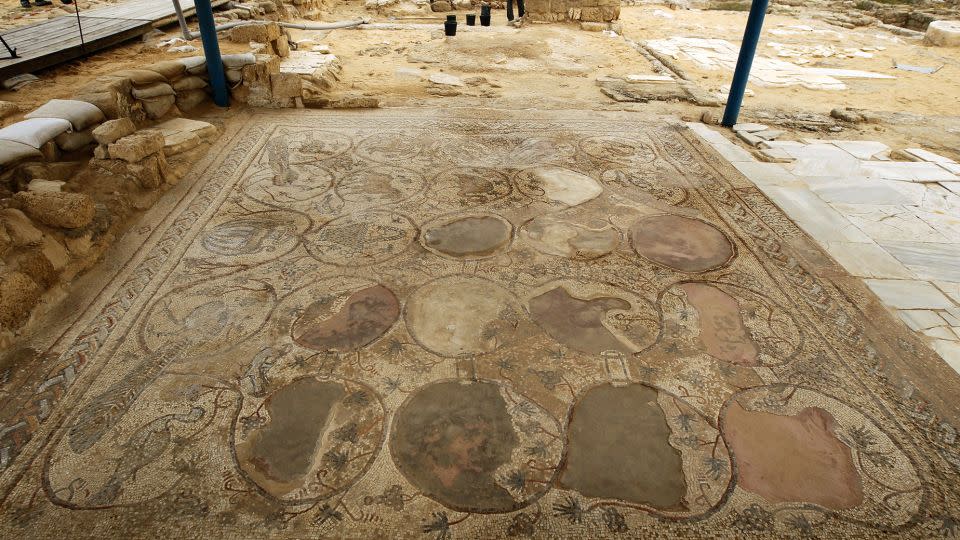An ancient Christian monastery in Gaza has been added to the List of World Heritage in Danger because of the ongoing conflict in the region.
The move, taken in New Delhi by the UNESCO World Heritage Committee, which oversees the preservation of sites of historical importance and value around the world, was prompted by fears about how Israel’s military campaign might affect the archaeological remains.


The Monastery of St. Hilarion, known locally as Tell Umm Amer, was simultaneously added to the World Heritage List and the List of World Heritage in Danger, according to an announcement by UNESCO on its website on Friday.
“This decision recognizes both the site’s value and the need to protect it from danger,” the organization explained online.
The remains are located on coastal dunes and in olive groves some six miles south of Gaza City. They span more than four centuries, from the late Roman Empire of the fourth century CE to the Umayyad period (661-750 CE), according to conservation nonprofit the World Monuments Fund.
The monastery was founded by St. Hilarion and was home to the first monastic community in the Holy Land, according to UNESCO.
Its location on the border of Africa and Asia put it on a trade route that meant the monastery prospered during the Byzantine period. It was also at the center of religious and cultural exchanges between the two continents.
“Characterized by five successive churches, bath and sanctuary complexes, geometric mosaics, and an expansive crypt, this Christian monastery was one of the largest in the Middle East,” the World Monuments Fund said on its website.
But it was abandoned after an earthquake in the seventh century and was only uncovered by local archaeologists in 1999.
UNESCO stated: “In view of the threats to this heritage site posed by the ongoing conflict in the Gaza Strip, the World Heritage Committee used the emergency inscription procedure provided for in the World Heritage Convention.
“In accordance with the terms of the Convention, its 195 States Parties are committed to avoid taking any deliberate measures likely to cause direct or indirect damage to this site, which is now inscribed on the World Heritage List, and to assist in its protection.”
The organization explained that inclusion on the danger list automatically opened the door to technical and financial help for the site, and if necessary, help with restoring it.
CNN has reached out to Israel’s Ministry of Foreign Affairs for a response.
For more CNN news and newsletters create an account at CNN.com







